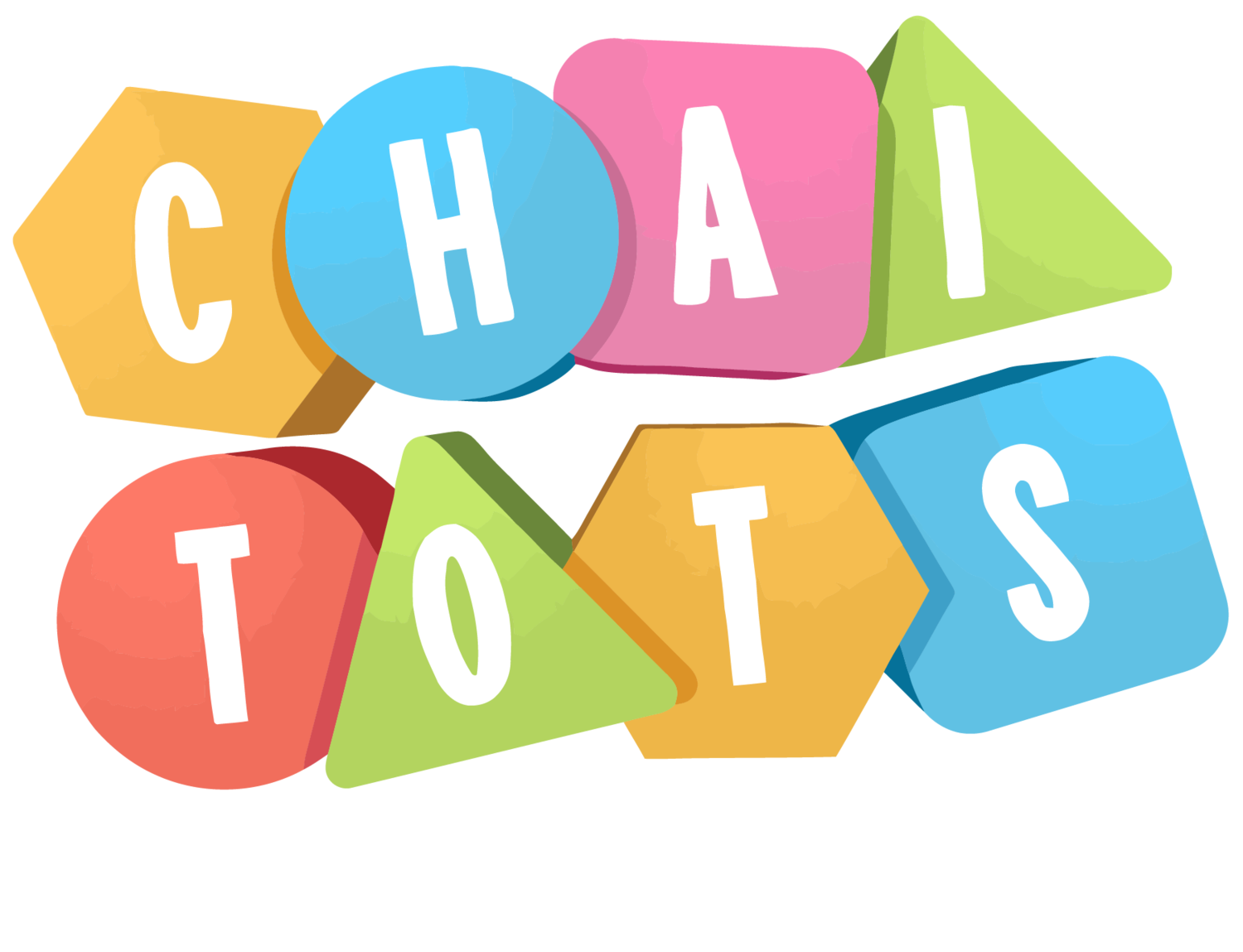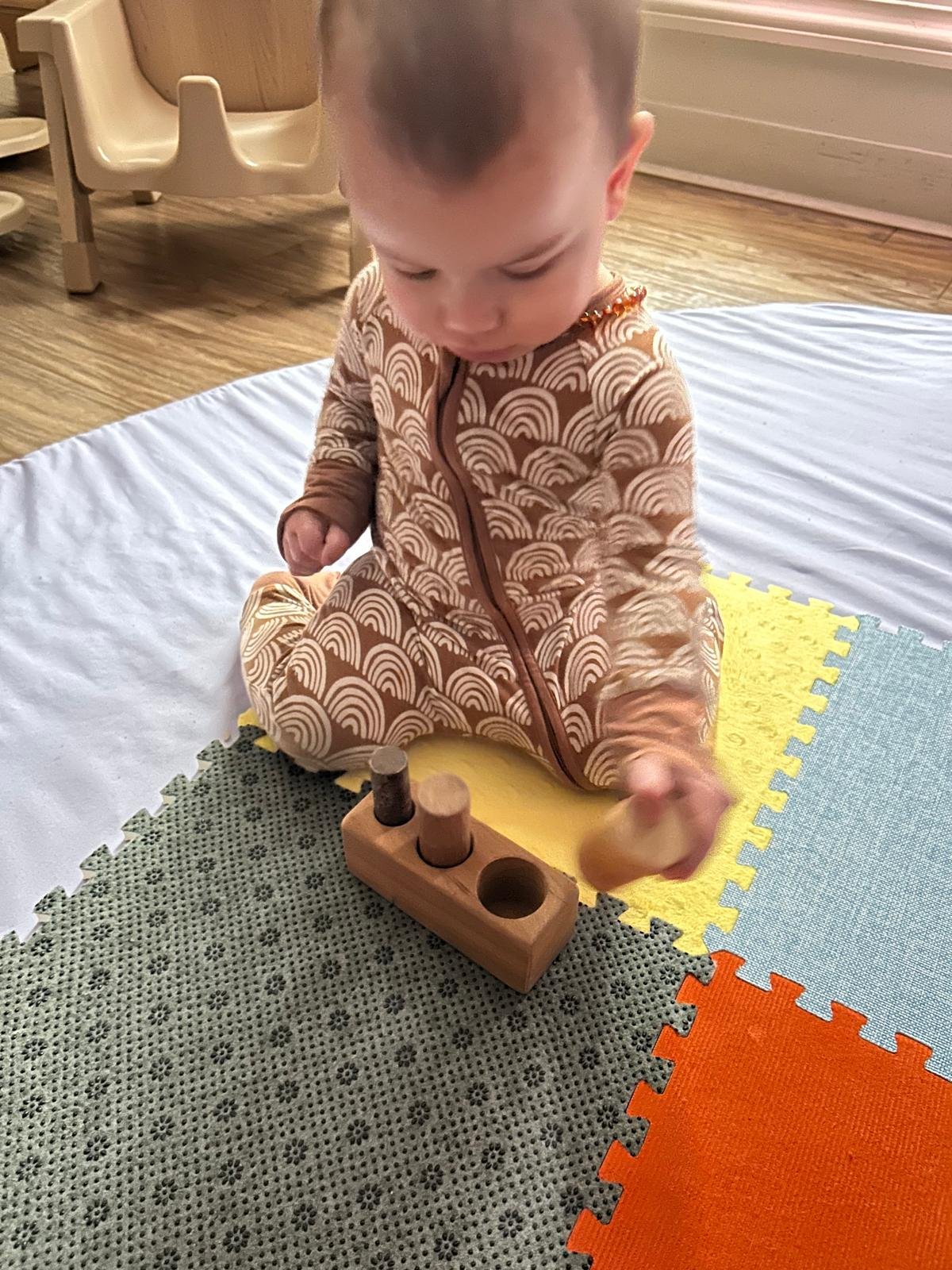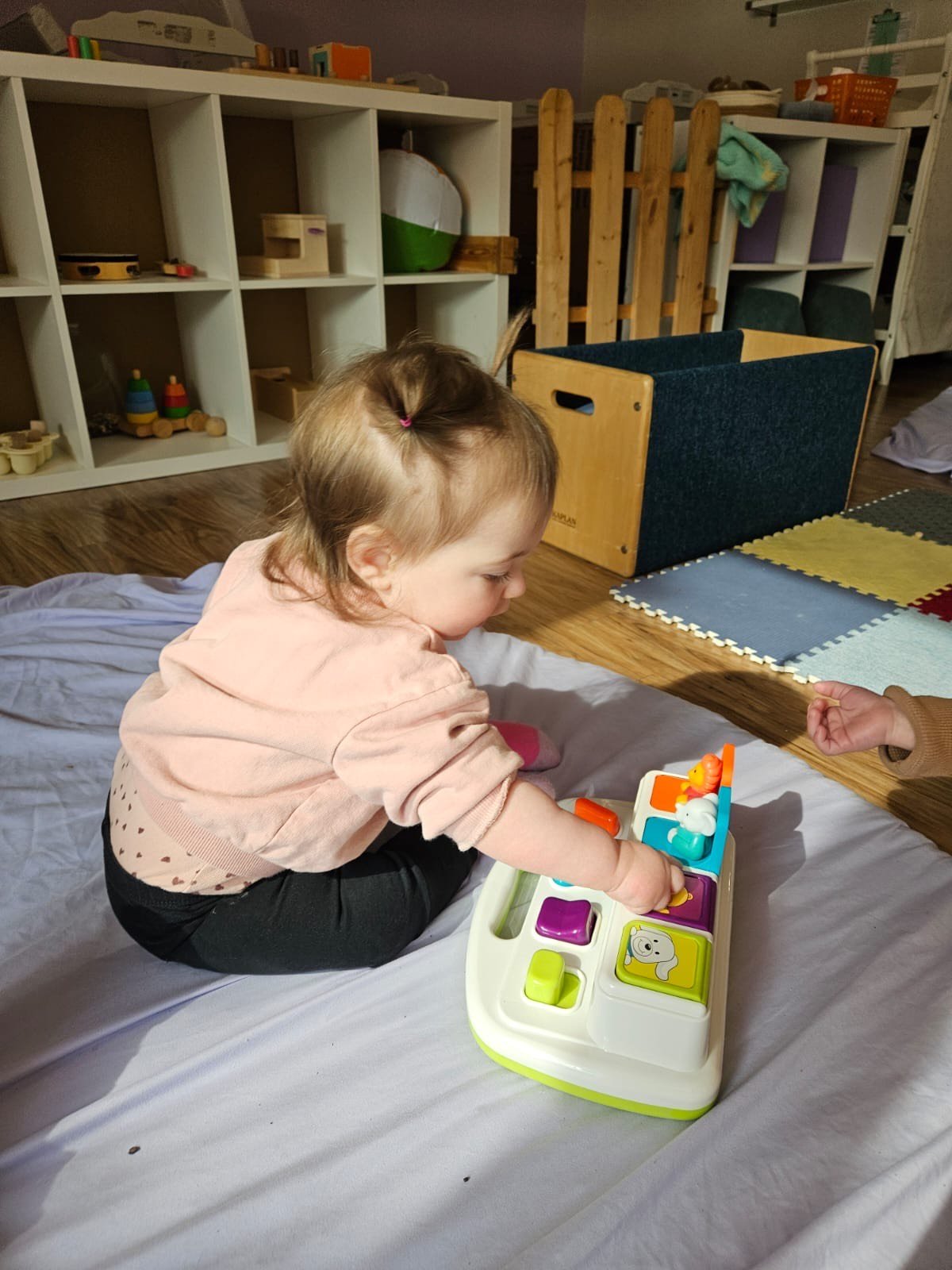YOUNG INFANTS:
Dear Parents,
Welcome back! We hope you all had a marvelous Pesach. The babies are getting re-accustomed to Chai Tots and truly enjoying the weather.
We are busy with our Annual Art Show preparations as well. Infants work on fine motor skills while creating fun “art.” At this age, art is about the process, not the product. Children are exposed to different media, colors and textures. Parents will be able to observe changes in development of skills as we are displaying works from each month. At the Art Show, you will be able to view your child’s work and see how much progress children make as they become toddlers and 3-6 students.
Expect the babies to spend time outdoors, If you haven’t already, please send sunscreen for us to re-apply in the afternoon. They should come to school with sunscreen already applied.
Please also send appropriate spare clothing for the spring weather. Messy kids are happy kids.
Have a great week!
Morahs Sarah, Marla and Leslie
OLDER INFANTS:
Dear Parents,
Welcome back to our infant community this week! We hope you all had a peaceful and enjoyable Pesach.
As we settle back into our routine, we will be continuing to explore the new fine motor works on our shelves during morning and afternoon work times. Scissor work was introduced to some of the children during the week before Pesach. We discovered the looped scissors to work best. The handles of these scissors are connected which makes holding and squeezing the handles easier for small hands. This is a challenging task, and one that we will lead them through, using their interest as our guide.
Sometimes during the work cycles, we observe behaviors that signal to us to change course. Pushing others, throwing works, and loud screeching– sometimes there is limitless energy! In some cases, it may be a child’s way of signaling that they are feeling overloaded or seeking sensory stimulation. Engaging children in ‘heavy work’ activities can be a great way to channel this energy and calm the mind by giving children a sense of purpose.
This week, we will continue to offer opportunities for heavy work in the classroom. You might see your little ones pushing small carts filled with heavy items, carrying a weighted sandbag, or transporting paint jugs across the room. Other heavy work activities that we include each day are bean bag toss, wheelbarrow walking, and crawling. Yes, crawling is beneficial to kids even after they start walking! These exercises all provide sensory feedback that kids may be craving when we see them push a friend or throw a toy. The more opportunities we give for heavy work, the less opportunity for undesirable behaviors!
‘Heavy work’ is any activity that involves pushing, pulling, lifting, and carrying. These movements provide significant benefits for infants and toddlers, including:
Proprioceptive Input and Body Awareness: Deep pressure and sensory input to the muscles and joints; Better awareness of their body in space, which is crucial for coordination, balance, and motor planning.
Self-Regulation: Calming for the nervous system. Release excess energy in a constructive way, leading to greater focus and a more regulated emotional state. Helpful during transitions or when a child is feeling a bit restless.
Muscle Development: Strengthen gross motor skills and build muscle strength, which are foundational for independence.
Sense of Contribution: Carrying, transporting, and delivering items can foster a sense of competence and contribution within the classroom community.
The benefits of moving their bodies in these intentional ways is evident in their longer length of focus and emotional regulation afterward.We observe each child carefully to ensure the heavy work activities are appropriate for their individual developmental stage and abilities.


We look forward to a wonderful week of learning and growth with your children!
Morahs Rachael, Kathy, Pallavi







































